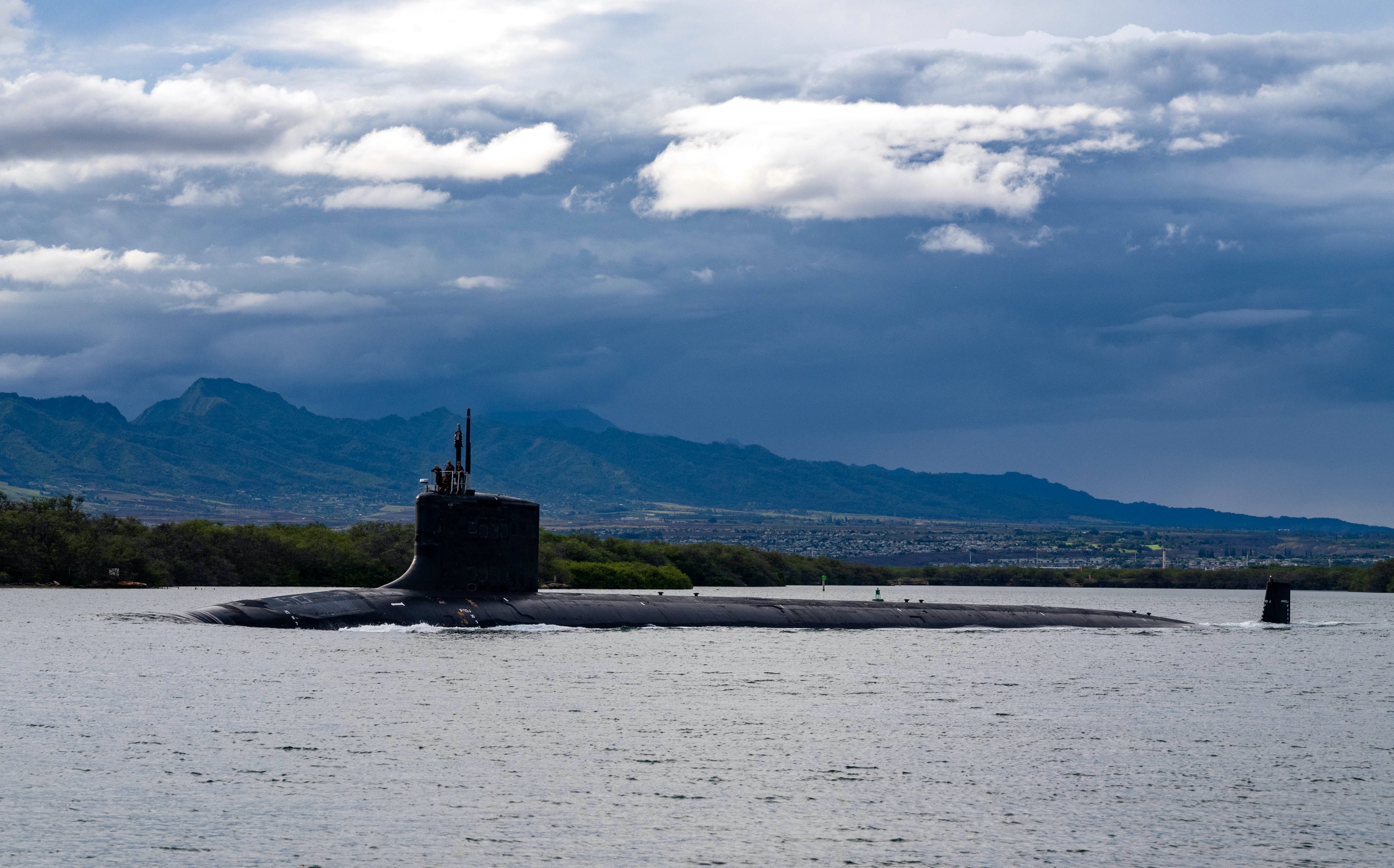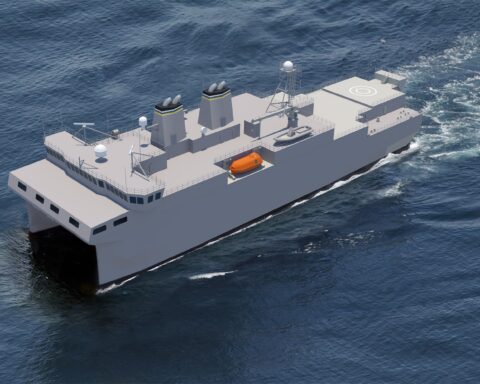The following is the Nov. 8, 2020, Congressional Research Service report, Armed Conflict in Syria: Overview and U.S. Response.
From the report
In March 2022, the Syria conflict marked its 11th year. Analysts estimate that the conflict has killed over half a million people (including combatants) and displaced half of Syria’s prewar population. Challenges for U.S. policymakers in Syria include countering groups linked to Al Qaeda, responding to the threat posed by Islamic State (IS/ISIS) remnants and detainees, facilitating humanitarian assistance, and managing Russian and Iranian challenges to U.S. operations.
Conflict Status. In early 2022, United Nations (U.N.) Special Envoy for Syria Geir Pedersen described the conflict in Syria—between the Syrian government and its partners on one side and various opposition and extremist groups on the other side—as a “stalemate,” noting that “militarily, front lines remain unshifted.” Pedersen stated that “any of a number of flashpoints could ignite a broader conflagration.” In 2022, incoming U.S. Central Command (CENTCOM) commander General Michael Kurilla stated that the Asad government is “positioned to end the civil war militarily,” but noted that the underlying conditions driving the conflict (including political disenfranchisement, poverty, water scarcity, and economic instability) would likely persist.
Islamic State. Despite the territorial defeat in Syria of the Islamic State (IS, also known as ISIS, ISIL, or the Arabic acronym Daesh) in 2019 by U.S.-backed Kurdish-led forces (known as the Syrian Democratic Forces, or SDF), IS fighters continue to operate as an insurgency. The SDF holds roughly 10,000 IS detainees—whom CENTCOM officials have described as “an ISIS army in waiting”—in detention facilities described as “overcrowded, ad-hoc structures that were not built to house detainees.” In January 2022, U.S. air and ground forces in Syria joined Kurdish partner forces in a lengthy battle to retake a prison seized by IS fighters, which renewed concern among policymakers regarding the security of IS detainees in SDF custody.
External Actors. Five countries operate in or maintain military forces in Syria: Russia, Turkey, Iran, Israel, and the United States. U.S. and Russian forces operate in close proximity in northern Syria, and maintain a deconfliction channel to avoid inadvertent conflict between the respective forces. Turkey also maintains forces in northern Syria, at times targeting Kurdish elements of SDF forces that the Turkish government views as terrorists. Israel reportedly conducts regular air strikes inside Syria on Iranian, Syrian, and Hezbollah targets that the Israeli government views as threats to its security.
Humanitarian Situation. According to the United Nations 2022 Humanitarian Needs Overview for Syria, 14.6 million people are in need of humanitarian assistance, an increase of 1.2 million from 2021. In 2014, the U.N. Security Council authorized the provision of cross-border humanitarian assistance into Syria via four approved crossing points; subsequent Russian vetoes have since reduced the U.N. authorization to a single crossing. In July 2022, the U.N. Security Council renewed its authorization for cross-border assistance into Syria for a period of 6 months, following a Russian veto of a 12-month extension. The new resolution is scheduled to expire on January 10, 2023.
U.S. Policy. Biden Administration officials have stated that the United States seeks a political settlement to the conflict in Syria consistent with United Nations Security Council Resolution 2254 (2015). U.S. policy priorities in Syria include (1) defeating the Islamic State and Al Qaeda; (2) increasing access to humanitarian aid; (3) reducing violence by maintaining local cease-fires; and (4) promoting accountability for atrocity crimes committed during the course of the conflict.
U.S. Military Presence. Roughly 900 U.S. troops operate in Syria in support of counter-IS operations by local partner forces, as part of Operation Inherent Resolve (OIR). U.S. forces in Syria continue to face threats from Iran-backed militias, which have targeted U.S. positions in the country.
Policy Debates. Policymakers are faced with a number of—at times competing—policy priorities in Syria. The Islamic State seeks to exploit deteriorating economic conditions in the country; however, projects to bolster economic activity in Syria may have the unintended effect of aiding the Asad government. Similarly, policymakers disagree on whether the benefits of efforts to alleviate economic conditions in neighboring Lebanon outweigh the risk that these efforts could benefit Asad. Policymakers also face the additional complications of regional states, including U.S. allies, pursuing their own objectives in Syria, whether in the form of military operations or efforts to normalize diplomatic ties with the Asad government.
Download the document here.





